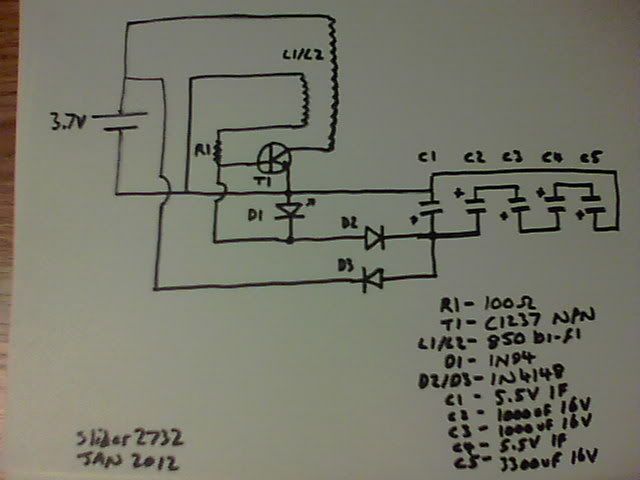Just to draw attention to a video by PMMG4HYBRID.
His latest video shows a bank of caps, connected to a mildly modified DC motor that turns a generator...whereby the system appears to charge up the caps as it runs.
The caps hold their charge at the end of the test and, he seems to only end the test, because of the caps filling to capacity.
SELF CHARGING? - YouTube
His latest video shows a bank of caps, connected to a mildly modified DC motor that turns a generator...whereby the system appears to charge up the caps as it runs.
The caps hold their charge at the end of the test and, he seems to only end the test, because of the caps filling to capacity.
SELF CHARGING? - YouTube



 erm just checked the battery again after posting and it's at 4.23V
erm just checked the battery again after posting and it's at 4.23V 


Comment